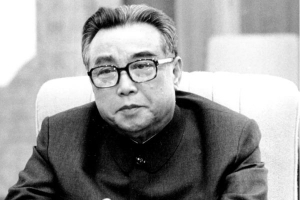Top 8 Interesting Facts About Chicago
Since deep-dish pizza was invented in Chicago (in 1943 at Pizzeria Uno, where it is being served today! ), the city is most recognized for this, but it can ... read more...also lay claim to a number of lesser-known national firsts. To help get to know this city better, Toplist has identified some interesting facts about Chicago.
-
Daniel Hale Williams, a Northwestern University graduate who was one of the city's first black doctors, performed the country's first open-heart surgery. The revolutionary 1983 procedure allowed the patient to heal from a stabbing wound close to the heart in less than two months!
As he treated both black and white patients, Dr. Williams' practice expanded as he was recognized as a conscientious and talented surgeon. He was hired in 1889 to serve on the Illinois State Board of Health, which is now the Illinois Department of Public Health, where he dealt with hospital regulations and medical standards. Dr. Williams worked in a time when racism and discrimination made it impossible for African Americans to be admitted to hospitals and prevented black doctors from being hired as staff members. Dr. Williams established the Provident Hospital and Training School for Nurses in Chicago, which is today known as Provident Hospital of Cook County, to combat this practice. This became the first hospital in the nation to hire African Americans for its nursing and intern programs. This hospital held the distinction of having an all-racial staff as the first medical facility.
One of the city's very first black doctors was Daniel Hale Williams. He earned his medical degree from Northwestern University in 1883. Along with this notable success, he carried out the first open-heart surgery in the US in 1893 in Chicago at Provident Hospital. The patient, a guy who had been stabbed close to the heart, was able to totally recover in two months as a result of Dr. Williams' procedure.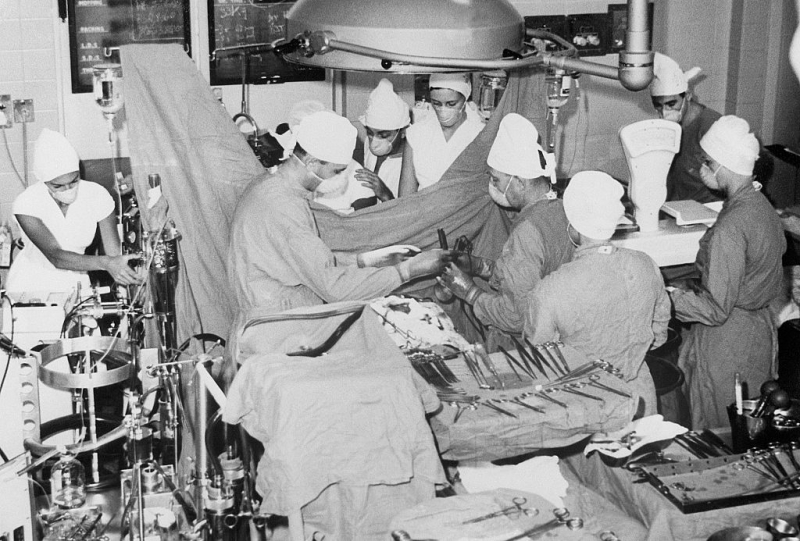
Photo: Popular Mechanics 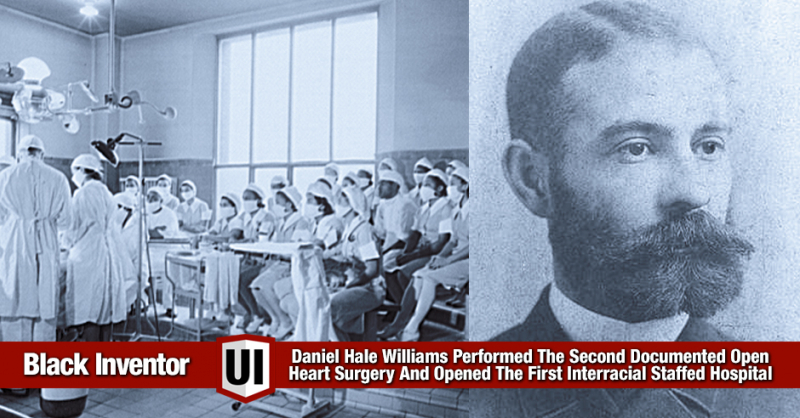
Photo: Urban Intellectuals -
The media made a difference in the debate on September 26, 1960, between Democratic candidate Sen. John F. Kennedy and Republican candidate and Vice President Richard M. Nixon. And Chicago was the scene of everything and this is one of the interesting facts about Chicago.
By enabling voters to observe significant political events in the privacy of their own homes, this advancement in television changed the way that people vote. On September 26, 1960, the John Fitzgerald Kennedy and Richard Milhous Nixon presidential debate was the first television program to be broadcast from Chicago's CBS station. Citizens now had an easier time feeling informed and included because to this political innovation.
The first presidential debate to be broadcast during a general election took place at the WBBM-TV studios, located at 630 N. McClurg Court, at the time. (A $550 million hospital will be built at the location in 2017 by the Rehabilitation Institute of Chicago.)
People who watched the discussion on television and saw Nixon's perspiration-covered face and frail demeanor believed Kennedy had triumphed. According to pollsters cited in Tribune articles, radio listeners believed Nixon won.
No matter who prevailed in the first of four debates that year, the Chicago debate had a significant impact on American politics. Another presidential candidate team didn't consent to share a TV stage for a debate until 1976.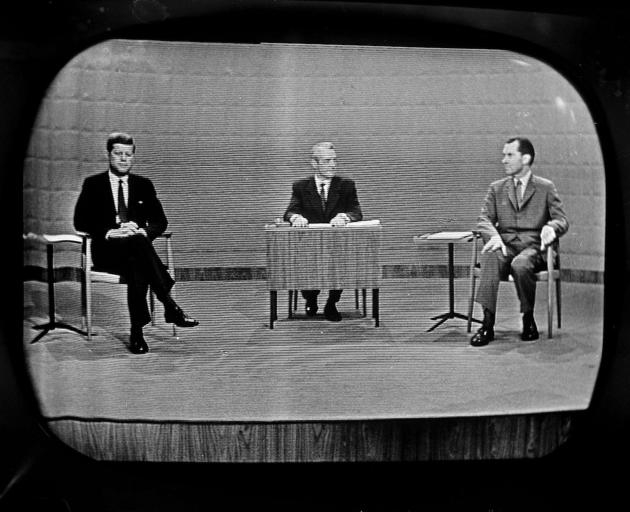
Photo: The Atlantic 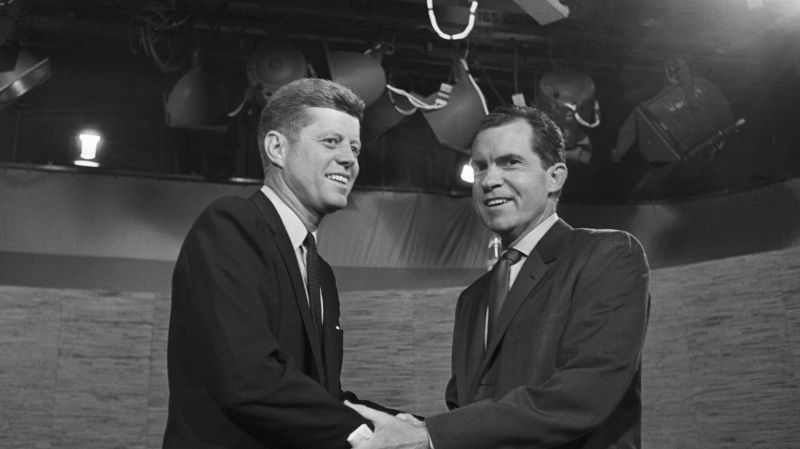
Photo: ThoughtCo -
Jimmy Dewar, a native of Chicago, was a manager at the renowned Hostess Brands facility. Dewar had a vision of making a cream-filled pastry at that time. After seeing an advertisement for "Twinkle Toe Shoes," Dewar christened his creation, the Twinkie, which debuted in 1930. Originally filled with banana cream, the Twinkie was switched to vanilla cream during World War II when bananas were in short supply. During the Great Depression, the Chicagoland region came up with the snack item known as Twinkies.
Bananas were restricted during World War II, thus the company was compelled to use vanilla cream instead. Because of how well-liked this modification was, banana-cream Twinkies were not generally brought back. Although the business occasionally employed the original flavor in one-time promotions, the majority of Twinkies were made with vanilla cream. Fruit & Cream Twinkies with strawberry filling infused into the cream were first presented in 1988. The product was quickly abandoned. Following a month-long advertising for the movie King Kong, vanilla's hegemony over banana flavoring was contested in 2005. During the promotion, the hostess noticed a 20% increase in Twinkie sales, and in 2007 it added the banana-cream Twinkie back to its assortment of snacks.
Time named Twinkie first on their list of 10 in November 2012, after Hostess announced plans to cease operations "iconic" junk food, arguing that "they have been ingrained in our hearts and popular culture". The Twinkie has survived as a cultural and culinary icon despite being frequently attacked for having no nutritional value at all.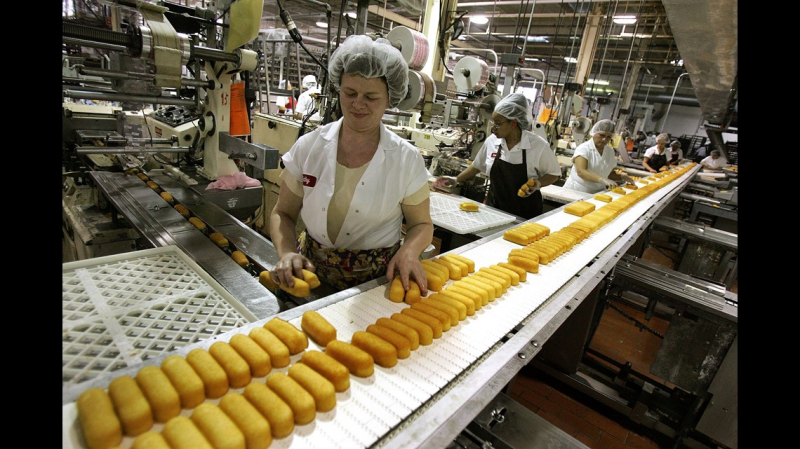
Photo: WTSP.com 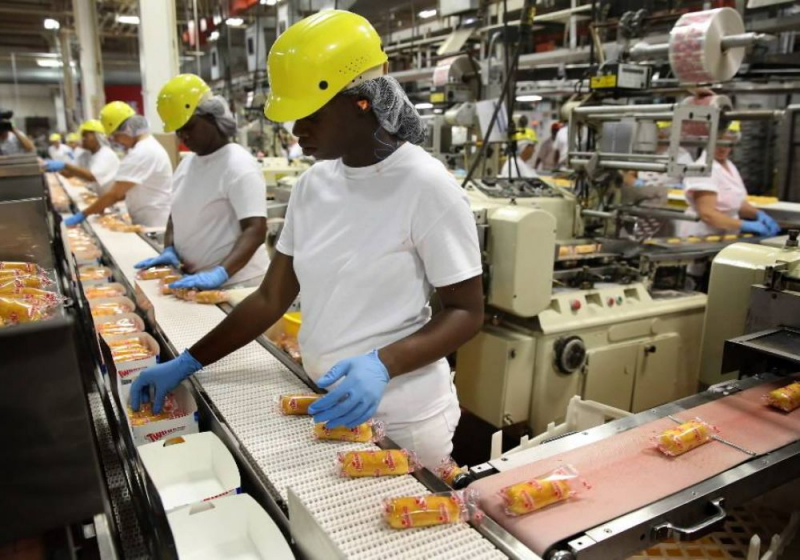
Photo: Chicago Tribune -
The NBC 5 Chicago/WMAQ television station in Chicago has a long history of invention. At WMAQ-TV, April 15, 1956, will always be known as "C-Day". It was dubbed "a brave breakthrough through the black-and-white curtain" by Broadcasting-Telecasting magazine. A new age in television began at 4:15 PM when Robert W. Sarnoff, then-President of NBC, pressed a button. As "Wide, Wide Planet" broadcast the event to 110 NBC-TV affiliated stations across the nation, Channel 5 became the first all-color TV station in the history of the world.
All male journalists who attended the Sarnoff news conference were given light blue shirts by WMAQ-TV. White shirts or blouses in the early days of color generated a "flaring" that communicated to the picture tube and distorted the color image when strong lights were utilized. But the light blue shirts appeared white.
It took five months of laborious work to convert the colors. Howard C. Luttgens, who was the project's chief engineer at the time, and his assistant W. C. "Bud" Prather, who eventually took over as station manager of WMAQ-TV, were in charge of overall management. A special task force of 40 technicians was put through a "color college" by Luttgens, which involved round-the-clock specialized training.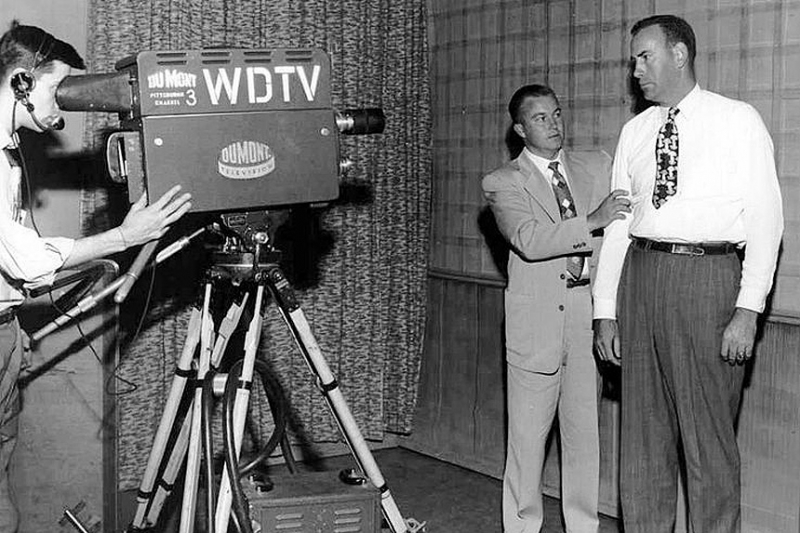
Photo: The Saturday Evening Post 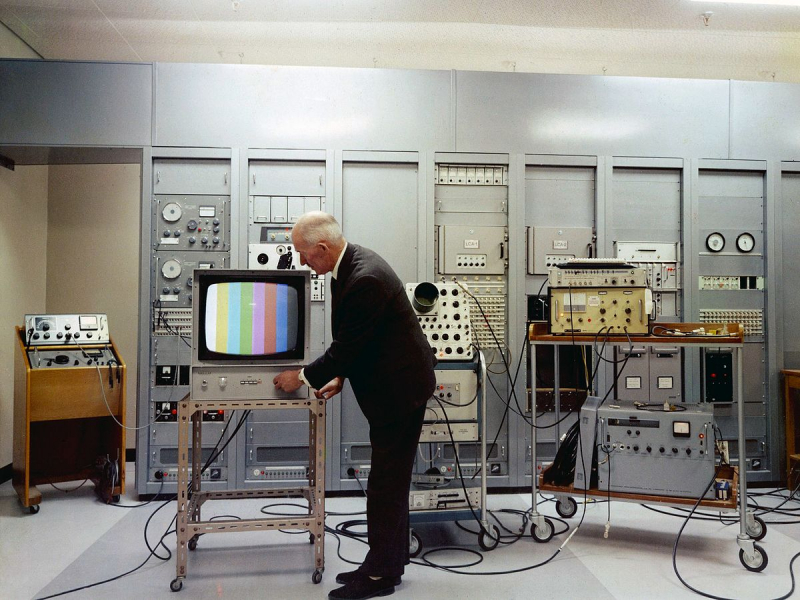
Photo: Wikipedia -
The Chicago River, which runs through the heart of Chicago, has an interesting past. This river is the only one in the world that runs backwards, and it also travels through numerous systems and canals which is an interesting fact about Chicago. In order to keep the sewage out of Lake Michigan's water supply, a reversal procedure was developed. The river's reversal was acknowledged as the biggest public earth-moving project to ever be finished. It was also praised as a superb feat of engineering.
The Chicago River transported water slowly from the plains to Lake Michigan during the majority of its history. The main source of drinking water for Chicago was contaminated when raw sewage and other contaminants were poured into the river. In response to growing public health concerns, authorities decided to permanently change the river's flow so that its contaminated water would instead flow into the Mississippi River.
Between the Chicago River and the rivers that flow into the Mississippi, a 28-mile canal was constructed. The canal was built to deepen as it travels west, allowing water from the Chicago River to flow through. On a chilly January morning in 1900, a steam shovel removed the final bit of mud separating the river from the Chicago Sanitary and Ship Canal, allowing the river to empty into the canal and start drawing water from the lake.
The American Society of Civil Engineers named the eight-year undertaking one of the seven engineering wonders in 1955. The Chicago River system was designated a "Civil Engineering Monument of the Millennium" by the organization in 1999.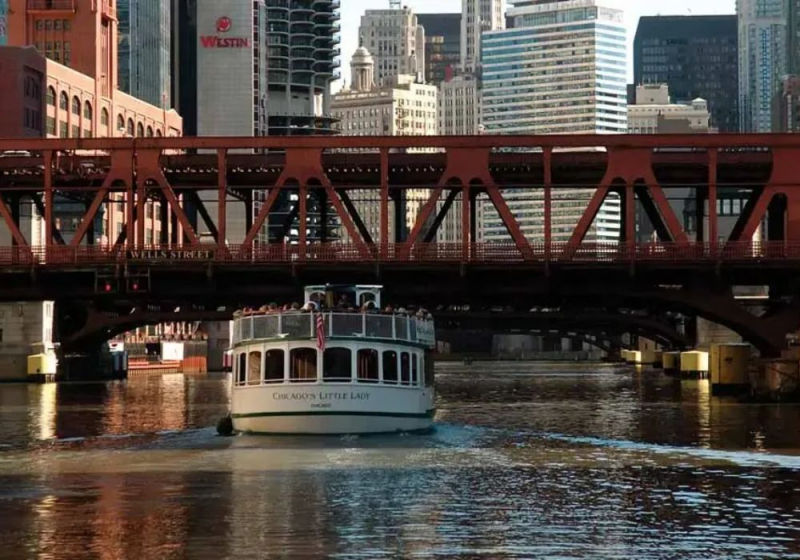
Photo: Shortpedia 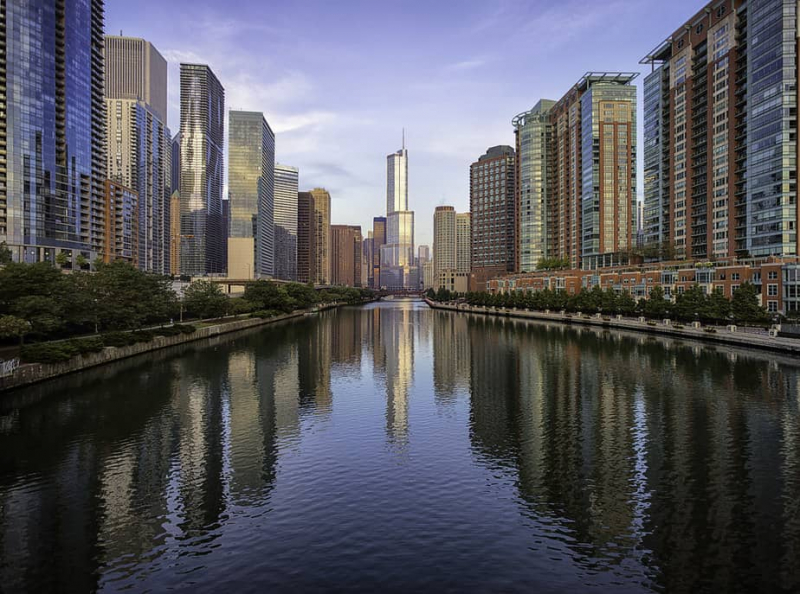
Photo: Discover Walks -
Remember to express your gratitude to Dr. Bernard Fantus for developing this significant and beneficial idea at the Cook County Hospital in Chicago the next time you visit a blood bank to donate. The first blood bank in the United States was founded in Chicago in 1937. Blood banks made it possible for doctors to evaluate and preserve donated blood, which was a significant and life-saving advancement in medicine. Soon after, hospitals all around the United States started their own blood banks.
Cook County Hospital in Chicago (now The John H. Stroger, Jr. Hospital of Cook County) constructed a sizable new facility in 1916 to serve the country's industrial center, and by 1925 it was caring for some 42,000 patients yearly. A contemporaneous described it as a place "where the turnover is swift and emergencies are continually at hand".
Extra blood was obviously valuable for surgery, but collection and storage, in particular, were issues. Britain was able to deploy "blood depots" in World War I thanks to the discovery of anticoagulants and ways to temporarily store blood; by the early 1930s, the Soviet Union had created a system of blood exchange. Even though it wasn't well known, the Mayo Clinic really had a blood bank in 1935. However, the Cook County Hospital facility that opened on March 15, 1937, came to be known as the first hospital blood bank, and Fantus' paper titled "The Therapy of the Cook County Hospital" in the Journal of the American Medical Association that same year had a significant impact. Around the nation and the world, the model was embraced.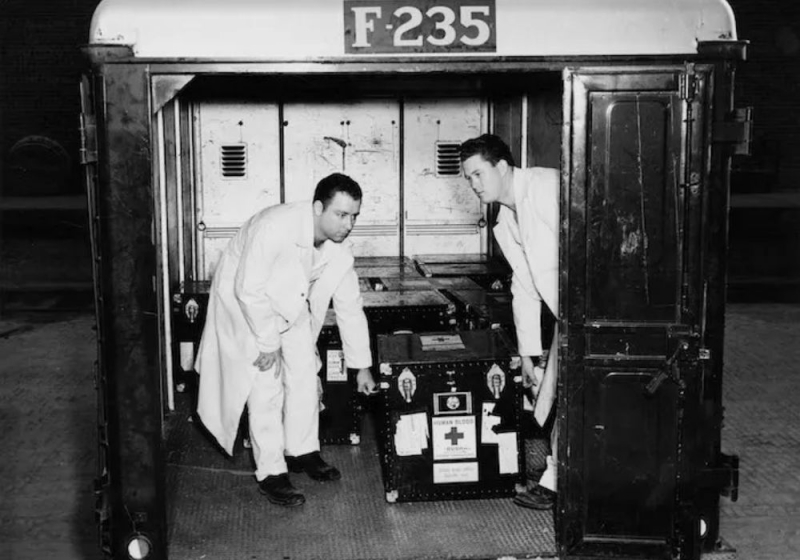
Photo: Chicago History Museum 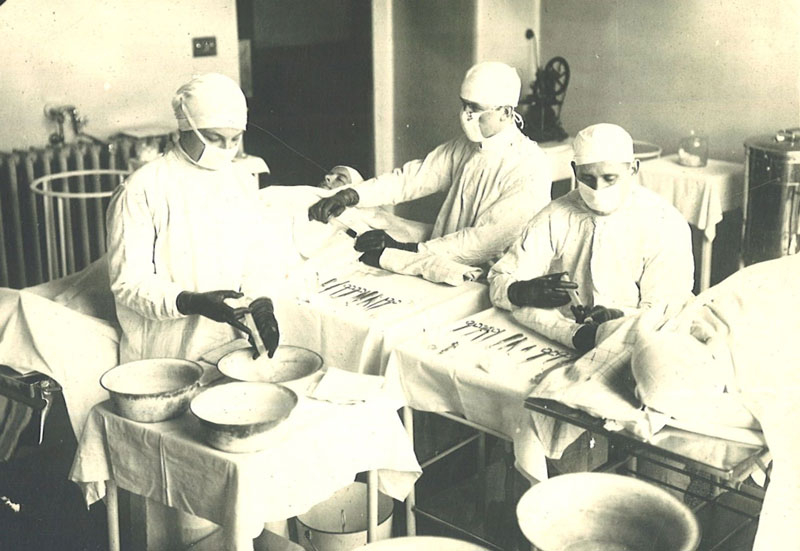
Photo: The National Archives blog -
Chicago is not the windiest city in the US, despite what many people think. Boston, Massachusetts, which features wind speeds that are frequently up to two miles per hour quicker than Chicago's, is awarded this distinction. Why is Chicago known as the "windy city" when it doesn't even appear on most top 10 rankings of wind speeds in America?
One of the earliest recorded uses of the term "windy city" was in an editorial from Charles A. Dana of the New York Sun in 1893, who said that the city's leaders were "full of hot air." At the time, Chicago and New York were competing head-to-head to host the next World's Fair, and Chicago's "windbag" supporters were not afraid to openly advocate for their hometown in order to win. Despite Dana's best efforts to paint Chicago as a "windy city," Illinois, not New York, hosted the 1893 World's Fair.
There were additional published usage of the term "windy city" before the World's Fair controversy. The Cincinnati Enquirer capitalized on the phrase's dual meaning in 1876 by referring to a tornado that swept through the city and praising local speakers who were "full of wind."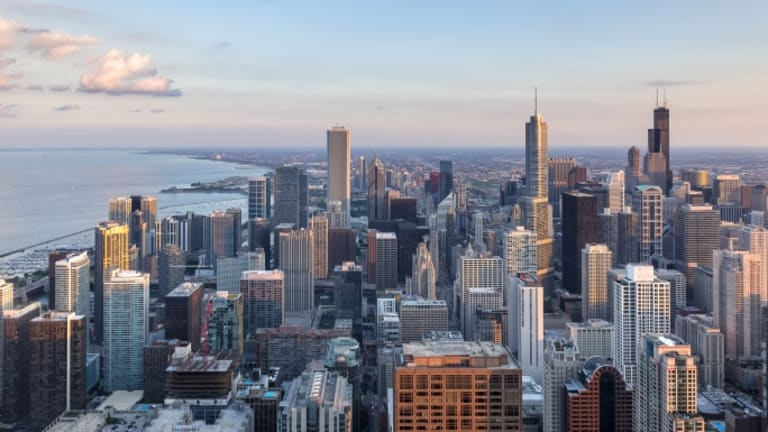
Photo: www.history.com 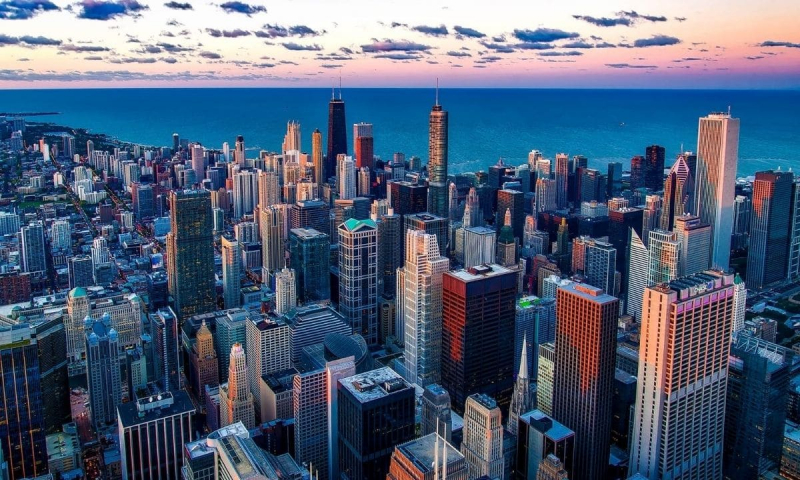
Photo: Localize.city -
Previously, only businesses were allowed in downtown Chicago, and after business hours ended, everyone would leave in droves. Today, the area is thriving with commerce, year-round cultural activities, a new Chicago Riverwalk, high-rise residences, and condo living with quick access to needs like supermarkets.
Thanks to Millennium Park, the Art Institute of Chicago, and the dozens of free events, concerts, and film screenings scheduled throughout the hectic summer months, downtown Chicago continues to be a popular tourist destination. Both tourists and locals may find much to do in the downtown area.
There are some interesting facts about Downtown Chicago, such as the fact that Adams Street, just west of Michigan Avenue and the Art Institute of Chicago, is where Historic Route 66 begins. Depending on the weather, you can see up to four states from the Willis Tower (formerly Sears Tower). Originally the city's first public library, the Chicago Cultural Center is today a cultural hub that hosts a variety of free activities throughout the year, including art exhibits. However, you may visit Preston Bradley Hall on the fifth floor to see the largest stained Tiffany dome in the world. It has a remarkable 38-foot diameter and is made up of 243 sections with about 30,000 pieces of glass. Fish scale-shaped Tiffany Favrile glass is sliced into pieces.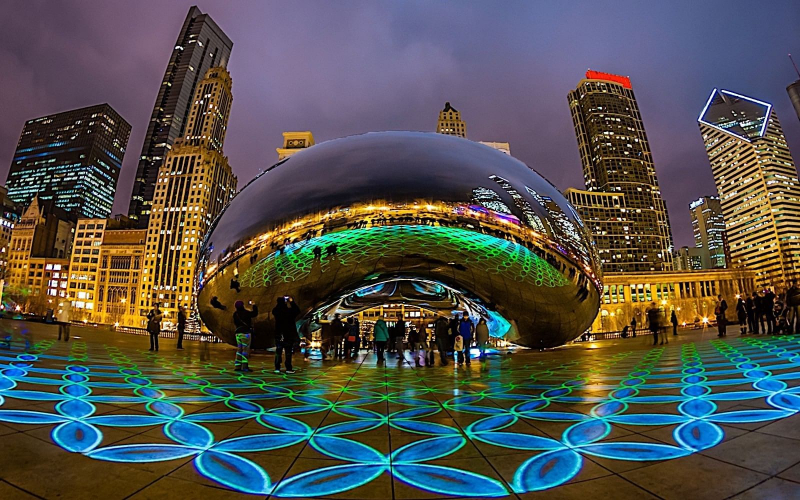
Photo: Hotel Felix 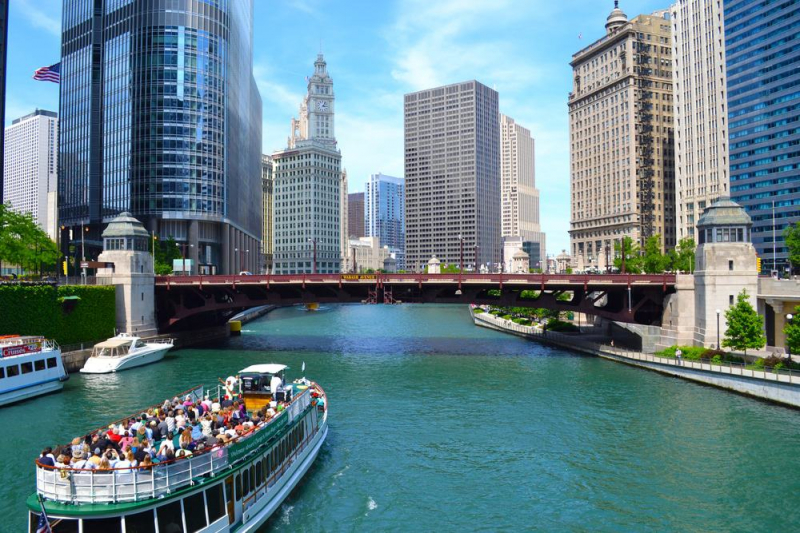
Photo: The Crazy Tourist



















